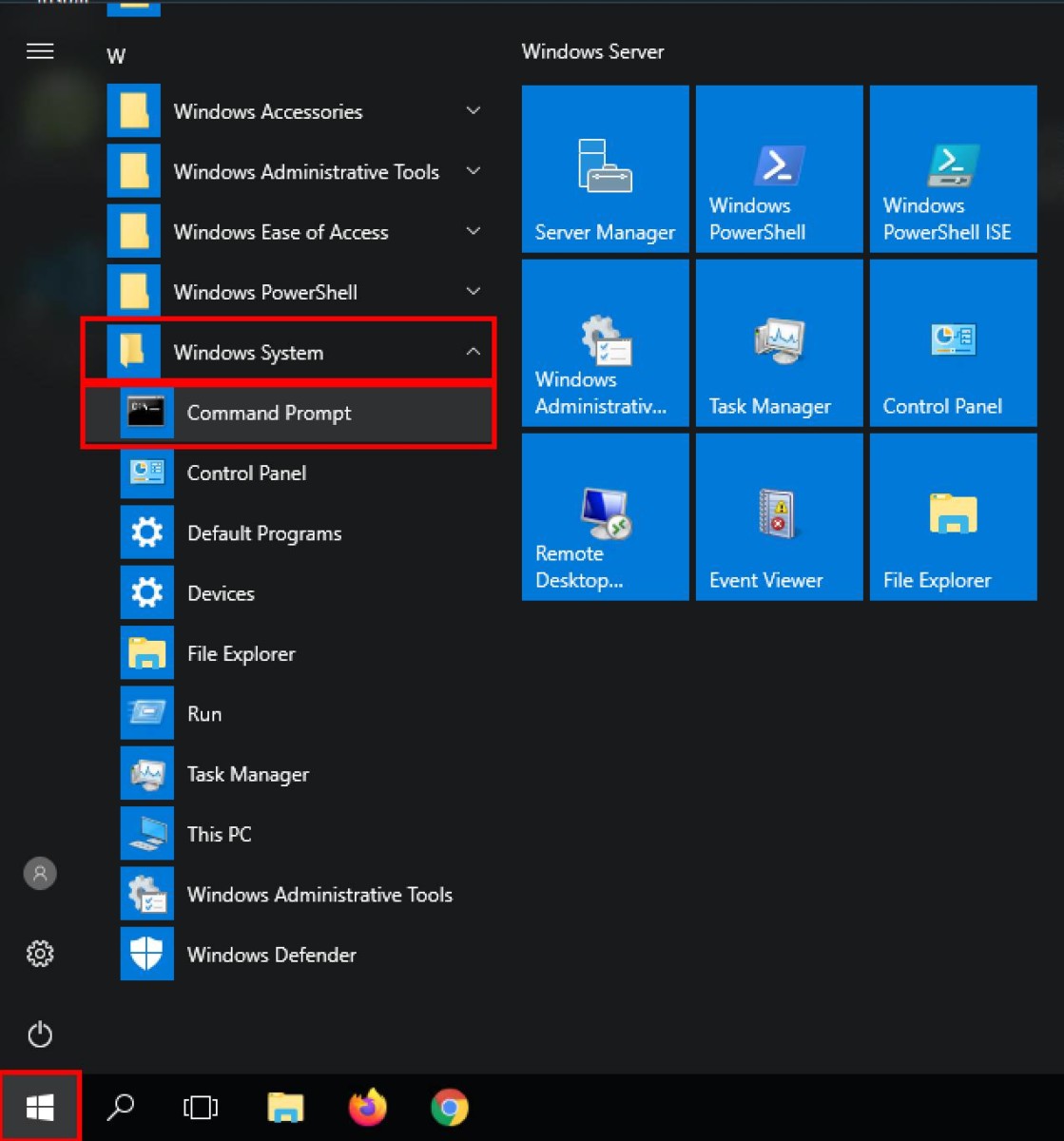


COMMAND PROMPT PRINT WINDOW WINDOWS
To add/change an environment variable permanently in Windows (so that it is available to ALL the Windows' processes/users and stayed across boots):
COMMAND PROMPT PRINT WINDOW HOW TO
Display the PATH environment variable echo %PATH% PATH=xxxxxxx // Append a directory in front of the existing PATH set PATH=c:\myBin %PATH% PATH=c:\myBin How to Add or Change an Environment Variable "Permanently" For example, you can use the echo command to print the value of a variable in the form " echo % varname%". To reference a variable in Windows, use % varname% (with prefix and suffix of '%'). Try setting a variable, re-start CMD and look for the variable. Set or change the value of the variable (Note: no space before and after '=')ĭelete the variable by setting to empty string (Note: nothing after '=')įor examples, // Set an environment variable called MY_VAR set MY_VAR=hello // Display set MY_VAR MY_VAR=hello // Unset an environment variable set MY_VAR= // Display set MY_VAR Environment variable MY_VAR not definedĪn environment variable set via the " set" command under CMD is a local, available to the current CMD session only. set varname set varname = value set varname = set To unset an environment variable, use " set varname=", i.e., set it to an empty string. There shall be no spaces before and after the '=' sign. To set (or change) a environment variable, use command " set varname= value". To display a particular variable, use command " set varname", or " echo % varname%": // Display a particular variable set COMPUTERNAME COMPUTERNAME=xxxxxx // or, use "echo" command with variable name enclosed within a pair of '%' echo %COMPUTERNAME% COMPUTERNAME=xxxxxx Set/Unset/Change an Environment Variable for the "Current" CMD Session Pay particular attention to the variable called PATH. Try issuing a " set" command on your system, and study the environment variables listed. To list ALL the environment variables and their values, start a CMD and issue the command " set", as follows, // Display all the variables (in NAME=VALUE pairs) set COMPUTERNAME=xxxxxxx Display Environment Variables and their Values They are typically named in uppercase, with words joined with underscore ( _), e.g., JAVA_HOME. (Windows) HOMEDRIVE, HOMEPATH: Current user's home directory.Įnvironment Variables in Windows are NOT case-sensitive (because the legacy DOS is NOT case-sensitive).COMPUTENAME, USERNAME: stores the computer and current user name.PATH: the most frequently-used environment variable, which stores a list of directories to search for executable programs.Environment variables are useful to store system-wide values, for examples, Environment variables are global system variables accessible by all the processes/users running under the Operating System (OS), such as Windows, macOS and Linux.


 0 kommentar(er)
0 kommentar(er)
